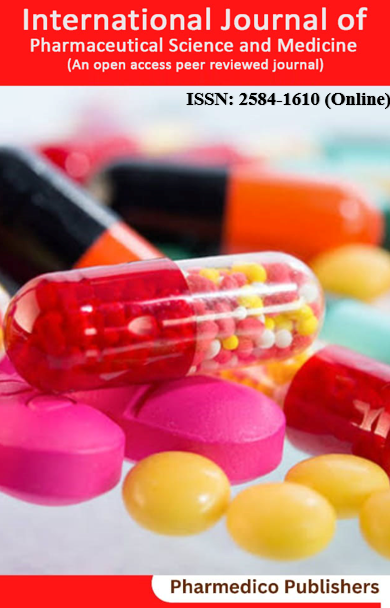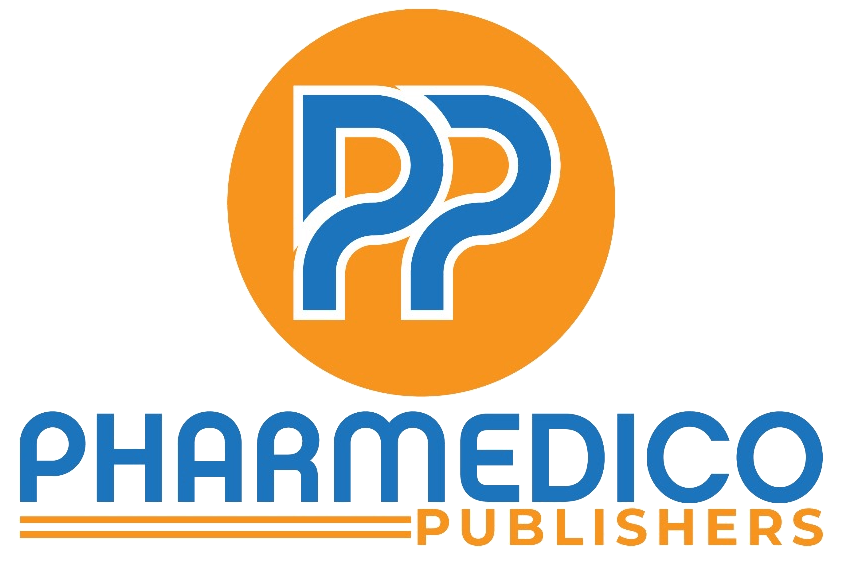NANOTECHNOLOGY IN ANTIMICROBIAL THERAPY: ENHANCING THE ARSENAL AGAINST RESISTANT MICROORGANISMS
Sr No:
6
Page No:
33-39
Language:
English
Authors:
Jalaj Sonakpuri
Received:
12 November 2023
Revised:
16 December 2023
Accepted:
05 January 2024
DOI:
10.70199/IJPSM.2.1.33-39
Published Date:
25 March 2024
Abstract:
Antimicrobial resistance is a critical challenge for global health, weakening the use of most conventional antibiotics to treat infectious diseases. Recently, nanotechnological advancements have provided a new promise in the fight against resistant microorganisms and antimicrobial treatment support. This review provides an overview of nanotechnology for antimicrobial therapy, insights into the design and development of new classes of nanomaterials as well as drug delivery systems at nanoscale dimensions aimed towards various strategies targeting emerging MDR bacteria. Nanoparticles, nanostructures, nanosilver and nanoformulations have exhibited extensive prospect in ameliorating the drug stability, provocation of drug bioavailability and defeat the microbial resistance mechanism. Moreover, nanotechnology makes drugs more specific to the intended pharmaceutical target and less likely to affect other organs which subsequently improves therapeutic efficiency. The extraordinary properties of nanomaterials opened new doors for novel strategies against harmful microbes, e.g. antimicrobial surfaces and coatings. But there are technical issues to overcome related to safety, regulation and mass production. In this review, we address the recent progress in nanotechnology-based antimicrobial therapies and their mode of action to combat resistant microorganisms. Nanotechnology has the potential to significantly impact antimicrobial therapy with continued research and development, thereby enhancing our capability against the emergence of resistance to conventional antimicrobials.
Keywords:
Nanotechnology, antimicrobial therapy, antimicrobial resistance, nanomaterials, drug delivery, targeted drug delivery
Journal: International Journal of Pharmaceutical Science and Medicine
ISSN(Online): 2584-1610
Publisher: Pharmedico Publishers
Frequency:
Quarterly
Language:
English


